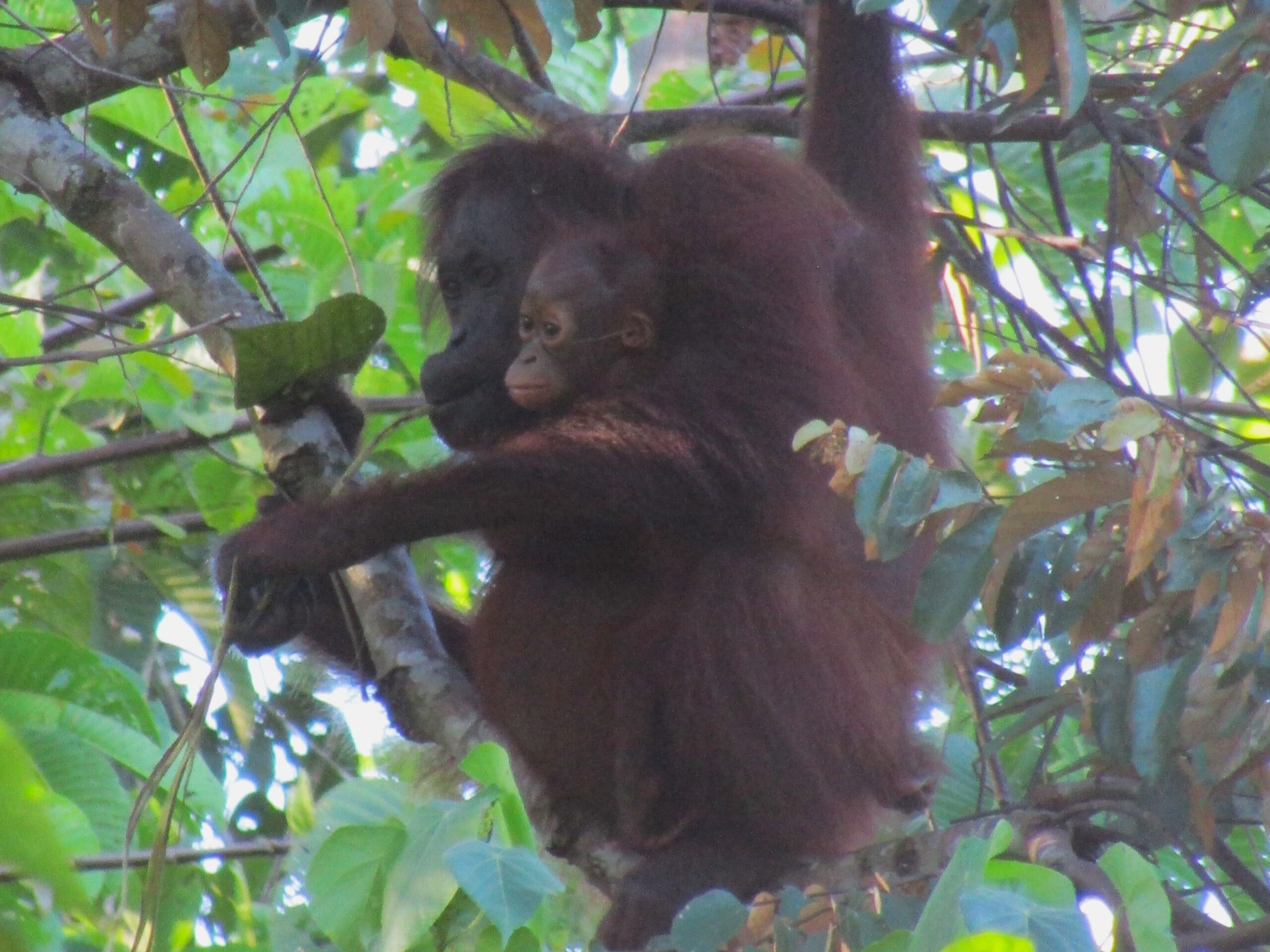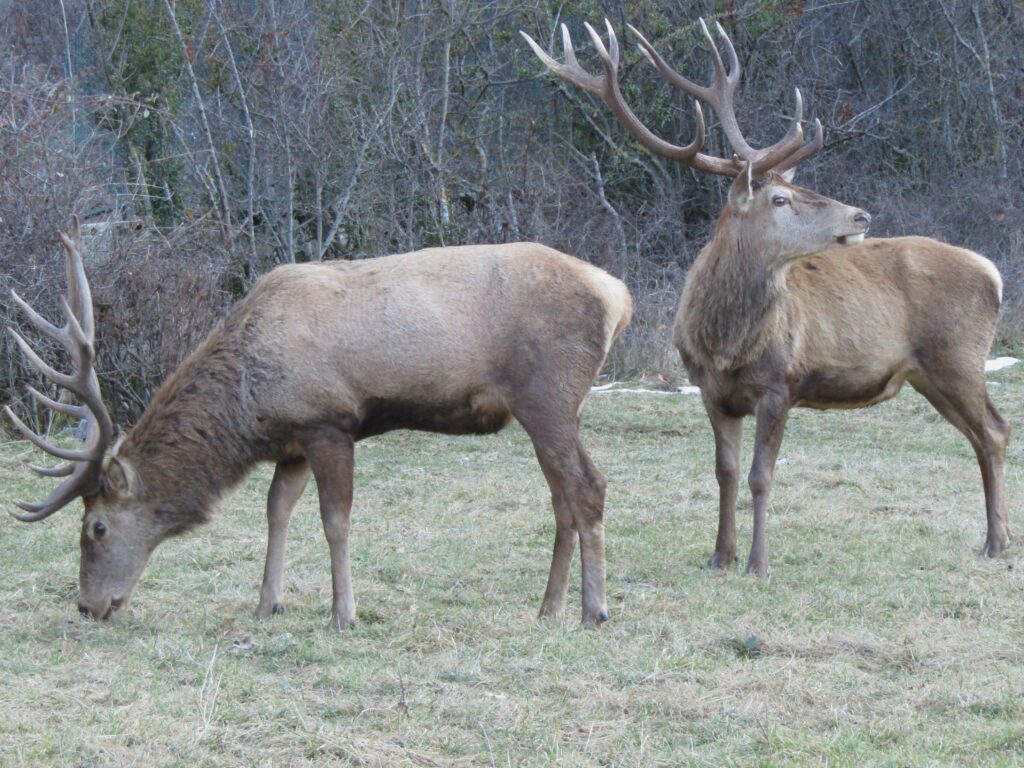wildlife
Spotting animals in the wild (safely)
I discovered my love of finding wildlife while travelling almost by accident. While on a three-month backpacking tour in South America, I came across spider monkeys and howler monkeys – and I was amazed. Ever since then, many of my trips have been influenced by the prospect of encountering animals in their natural habitat.
Words of wisdom
It is important to respect any wild animals. Although I have survived to tell these tales, and I was always sensible as could be expected of me, I have had some close encounters. Most animals may have the instinct of flight than flight. Not all do. If you get too close to one, or are unlucky enough to come across a mother protecting their young, a dream can turn into a nightmare.
Having said that, seeing animals in their natural habitat can be an unforgettable experience. Just observing them amazes me. I have been lucky enough to see wild elephants, rhinos, a leopard, orangutans, gibbons, monkeys, crocodiles, black bears, grizzlies, kangaroos, Tasmanian devils, dingoes, eagles snakes, lizards, whales, dolphins, and orca! And there are still a lot more I want to see.
My Worldly Encounters
More advice
Do
When searching for, or stumbling across, wild animals
- Keep a safe distance. The larger, quicker and more dangerous the animal, a longer distance is needed.
- Treat wildlife with respect and avoid scaring them. Slow down if driving.
- Let them know you're there. Try singing to yourself if you're on a hike. Many animals don't have as good sight as humans. Their heightened sense of smell often means they know you're there, before you see them, though. Hearing your voice can alert them to the fact you are human, and not prey. It could save your life, and theirs.
Don't
In the interest of keeping you and the animals safe
- Get too close. This is how accidents happen.
- Let animals become too adapted to human contact. This tends to end badly for both.
- Feed them. This can break their natural instinct to source their own food. Becoming reliant on humans doesn't help the animal survive. Also, it's unlikely you are feeding them food they can digest properly.
And finally...
Take lots of photos (from a safe distance, obviously)! And share them!



